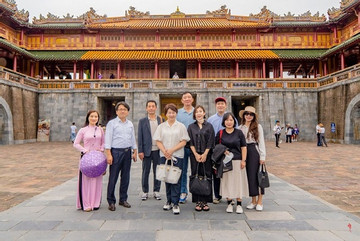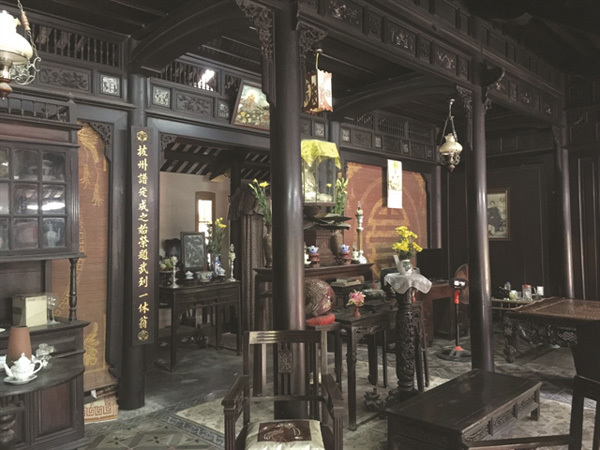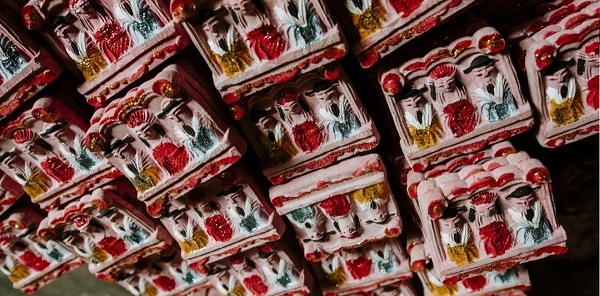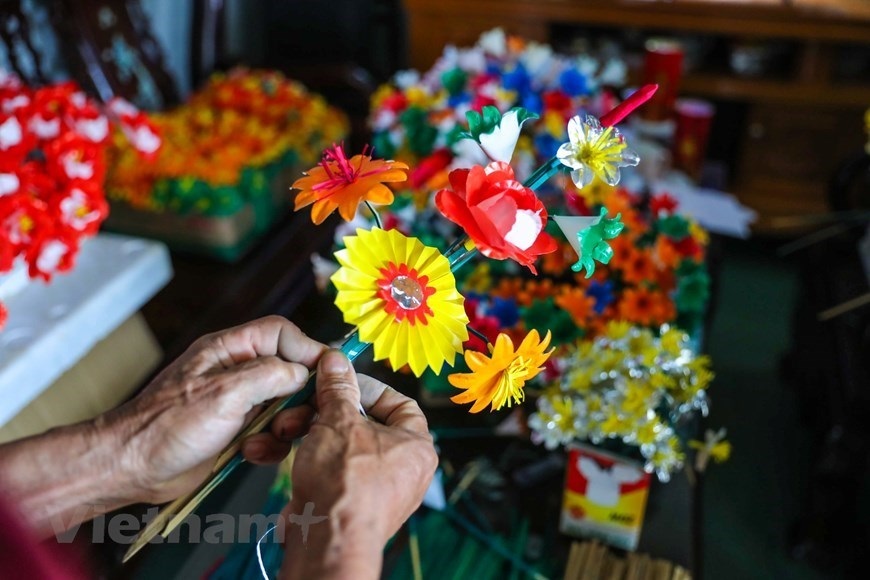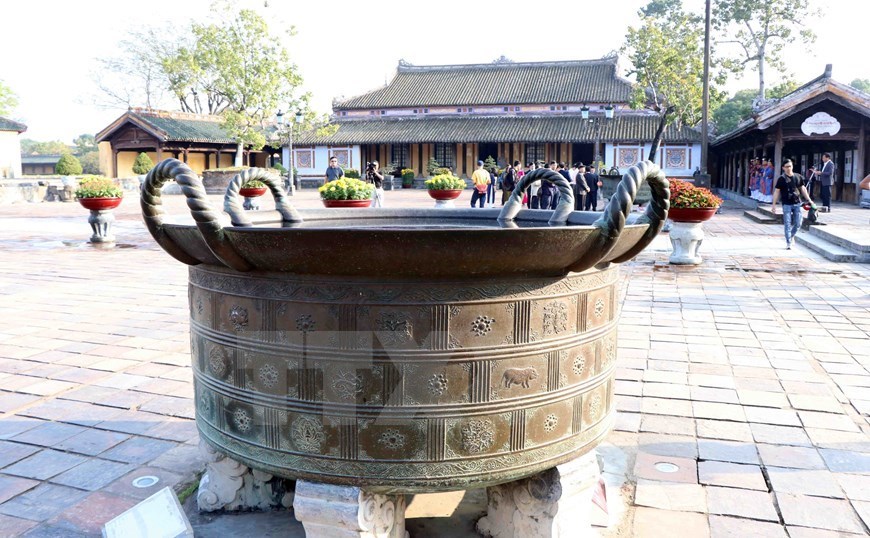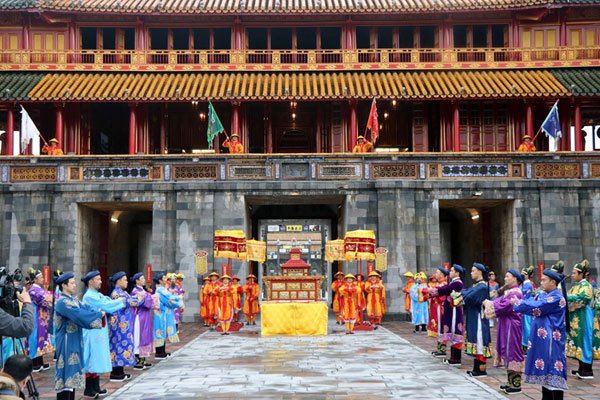- © Copyright of Vietnamnet Global.
- Tel: 024 3772 7988 Fax: (024) 37722734
- Email: evnn@vietnamnet.vn
hue travel
Update news hue travel
Hue's City of Ghosts attracts visitors
Lying some 35 kilometres east of Hue City, the quiet village of An Bang in Phu Vang District, Thua Thien-Hue Province is attracting more visitors who want to see the lavishly built tombs at the City of Ghosts.
Extraordinary beauty of Ru Cha
Located more than ten kilometers far from Hue City center, Ru Cha is a unique primeval mangrove forest in Tam Giang lagoon - the largest brackish lagoon in Southeast Asia.
Tourists come back to Hue after storm Sonca
On the first two reopening days (October 15 and 16) after being hit by tropical storm Sonca, the imperial citadel relic site in Hue City attracted more than 2,000 guests, including many international visitors.
Ho Quyen arena relic: Vietnam's 'Roman Colosseum'
The Ho Quyen arena relic in the former royal capital of Hue is well-known for its unique architecture and stories about battles between elephants and tigers.
Hue preserves quintessence of Vietnamese traditional crafts
Hue, the former imperial capital of Vietnam, is home to many traditional crafts, including special ones originating from mandarin workshops or ancient craft villages specialising in serving mandarins.
Hue ancient city’s beauty from above
Nature has endowed the central province of Thua Thien Hue with a unique terrain. Seen from above, the province looks like a large, rich and diverse park.
The unique architecture of Hue’s ancient temple
Located on Ham Long hill, the Bao Quoc Pagoda has long been known by Hue people as well as tourists not only for its sacred features with unique architecture but also for the mysterious stories surrounding the ancient well in the pagoda.
KBS to produce films promoting Hue tourism
A film crew from the Korean Broadcasting System (KBS) are taking part in a fact-finding tour to the central province of Thua Thien-Hue as they prepare to make films relating to the tourism promotion of the Vietnamese locality.
Dating in green spaces at popular lakes around Hue
Thua Thien-Hue has not been famed with the former royal citadel with valuable architecture of palaces, royal tombs, and spiritual institutions, the province also host various natural landscapes including spectacular lakes.
French journalist muses online over Hue City’s timeless charm
Voyageurs du Monde of France recently ran an article on its website Vacance by Emmanuel Boutan, praising the beauty of Vietnam’s Hue imperial city.
“Hell” rice that tastes like heaven
Among the specialties of the ancient city of Hue, Com am phu, or “Hell” rice, stands out with its combination of white rice, pork, shrimp, egg and herbs, culminating in a flavorsome experience.
Another specialty from the home of the kings
Hue City in Thua Thien-Hue Province, which was home to the kings of the Nguyen Dynasty (1802-1945), always delights its visitors with an interesting food journey.
An enjoyable experience at Lap An Lagoon
Lap An Lagoon, part of Lang Co Bay, around 70 kilometers from Hue City and 30 kilometers from Danang, was recognized as the world’s most beautiful bay by WorldBay Club several years ago.
Preserving Hue's symbolic wooden houses
Wooden houses are the fine ancient buildings that form the typical architecture and are a key part of the historical and cultural heritage of the former royal capital city of Hue.
Exciting trips in Hue ancient city
Hue is one of the cities young tourists love to visit because they have seen many scenes of the Imperial Citadel in highly popular movies and music videos.
Making Kitchen God figurines for Tet in Thua Thien-Hue
In the buildup to the Lunar New Year, Dia Linh village in Thua Thien-Hue province is busy producing terra-cotta statues of the Kitchen Gods to serve the high demand for the festive season.
300-year-old craft village makes lifelike paper flowers
Lying downstream of the Huong (Perfume) River, Hue City, the Thanh Tien paper flower making village is 7 km away from the ancient imperial city of Hue and has a history spanning some 300 years.
Hue wins ASEAN tourism awards
The central province of Thua Thien-Hue has won three ASEAN tourism awards, which will be presented at the ASEAN Tourism Forum (ATF) 2022 in Sihanoukville, Cambodia, on January 19.
King Gia Long’s Mausoleum: the tomb of the first emperor of the Nguyen Dynasty
The mausoleum of King Gia Long is the tomb complex of the first king and founder of the Nguyen Dynasty (1802-1945).
Calendar distribution ceremony enacted in Thua Thien-Hue
The Hue Monuments Conservation Centre on January 1 hosted an opening ceremony for Ngo Mon space and re-enactment of Ban Soc ceremony (ceremony to distribute calendars for royal mandarins during the Nguyen Dynasty).







